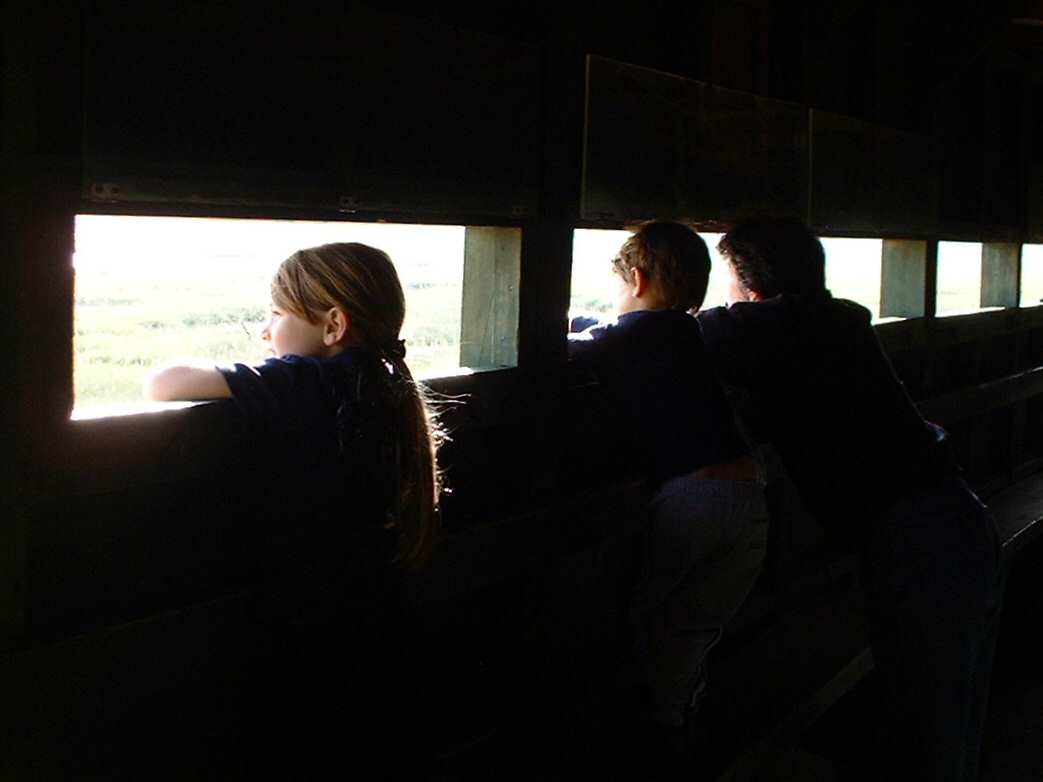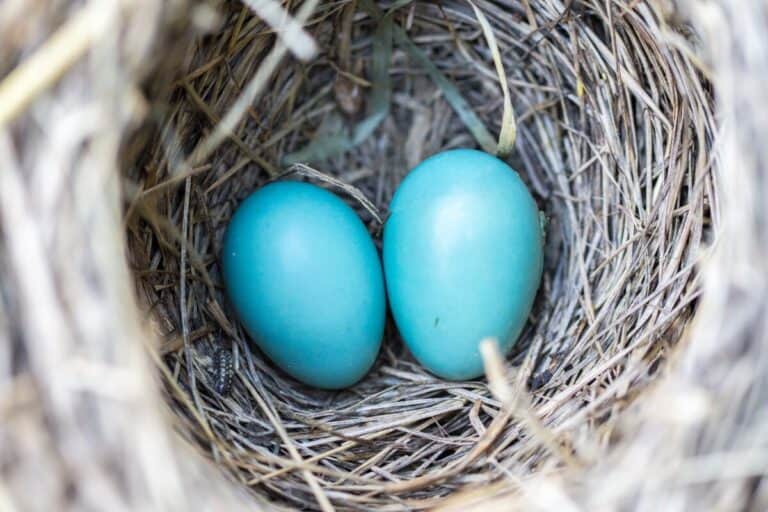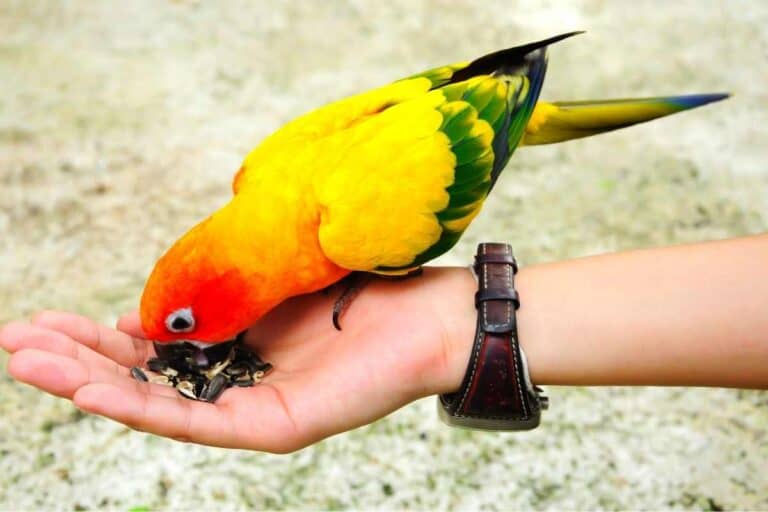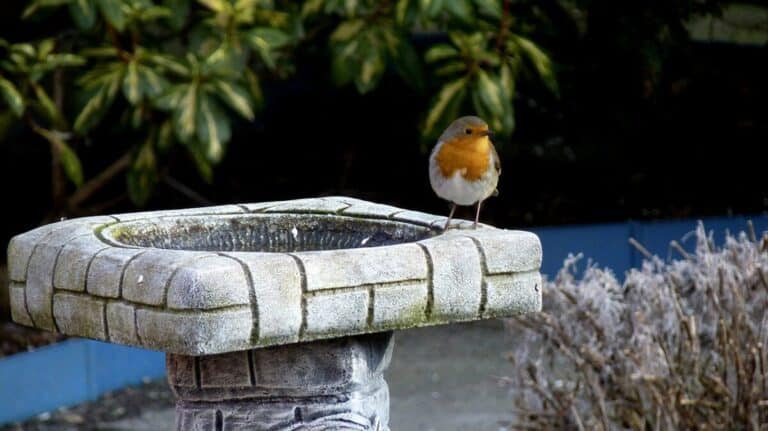What’s The Purpose Of A Bird Hide? (Examples + explanation)
We’re reader-supported; we may earn a commission from links in this article.
Out birding, you may have sometimes wondered if birds are scared off by our presence. While in the city, birds often are not shy to be around human presence, it is often in the field that birds will be a bit more skittish when they see us. Then people eventually built bird hides that we often see while we are out on a trail or path. I’m sure you must’ve thought to yourself: “What actually is the purpose of a bird hide?”. I was initially curious myself and so I did a little research online and here’s what I found:
The purpose of a bird hide is to conceal the presence of birdwatchers from detection by the birds. Other purposes of bird hides include protection from inclement weather, observation of canopy birds, prevention of environmental intrusion, bird education, and bird behavior research.
While bird hides generally prevent detection from the birds, the specific purposes of bird hides differ according to the type of bird hide. If you are interested in knowing more about the origins, secondary purposes, and types of bird hides, read on to find out more!
What Are Bird Hides?

A bird hide is a shelter or structure that is often highly camouflaged to look like surrounding flora to observe wildlife in general but in particular, birds, at close quarters.
What Is A Bird Hide?
Bird hides are now commonly found in parks and wetlands and resemble a shed in a garden. It typically has small openings, shutters, or windows for observation purposes.
The Origins Of Bird Hides
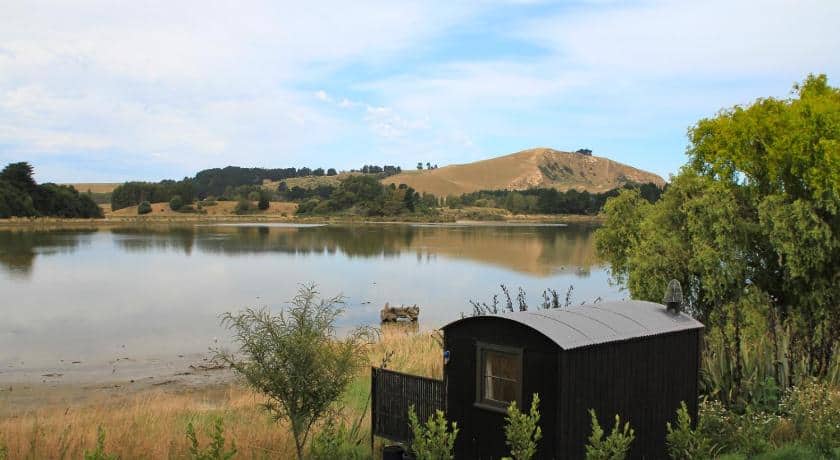
We may have probably seen how bird hides look like as we go about on our way along trails. They often come in different shapes and sizes. While bird hides in today’s context show lots of variety, let’s dive into the original creation of the first bird hides.
The bird hide or in some areas called the bird blind originates from the human primitive success in hunting due to his ability to see and also not be seen. In primitive years, the hunters would use various forms of vegetation for cover and concealment, to mask their presence from their prey.
In today’s modern context, birders have modified these lessons learned from hunting, for birdwatching! Birdwatchers, photographers, and wildlife observers have replaced the role of primitive human hunter-gatherers in the past, while still maintaining the thrill of the hunt.
However, birdwatchers and photographers still need to maintain and apply the principles of concealment to photographically “capture” the birds in their unusual, less-seen behaviors. Despite the efforts of birdwatchers to conceal their presence using camouflage-patterned clothing, neutral and inconspicuous color tones, these may not always work that well.
While city birds may be accustomed to human presence, some birds are naturally more shy in nature and may be easily alarmed and skittish when they detect human presence in their territory. Some birds may even view the presence of humans to be a threat, while others may be afraid of the unknown presence of humans.
Birdwatchers and wildlife observers everywhere have thus begun to implement the use of bird hides. With the use of most bird hides, birdwatchers are now able to hide in these concealing structures to observe their behavior without much detection. These are usually located in a bird territory commonly visited by birds.
Bird Hides For Protection In Inclement Weather

You may or may not have experienced bad weather while birdwatching outdoors, but I’m sure you can agree a nice shelter will do anyone good while observing and note-taking about birds for long hours.
As such, bird hides with a sturdy overhead shelter provide great protection from the rain, snow, or extremely hot weather conditions.
Bird Hides For Canopy Bird Observation
While most birds can be found near the ground level, there are some bird species such as toucans and parrots that tend to nestle near the canopies of rainforests. In jungles or forests, it may be difficult for birdwatchers to observe birds that are too high up in the trees.
In such a case, it is wise for birdwatchers to utilize a tower hide to observe birds at higher altitudes such as those in the canopy. In addition, at higher altitudes, it is easier for birdwatchers to sight birds due to a wider and more open space to catch birds in flight.
Bird Hides For Prevention Of Environmental Intrusion
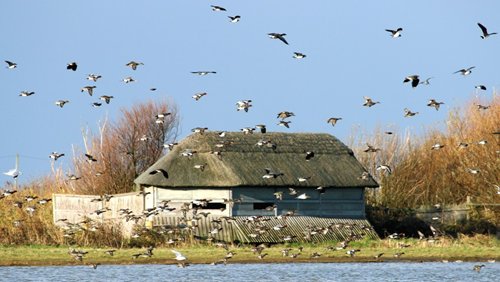
With many birdwatchers and photographers flocking to a particular site with a higher density of birdlife, there may be implications on the environment. Birdwatchers that come in large numbers to locations such a bird migratory stopover may cause environmental damage and intrusion into the flora and fauna in the area due to their inadvertent trampling.
Thus, bird hides are a very useful invention to house birdwatchers who gather in large numbers, to not only provide more concealment but also to reduce the damage done to the environment.
Bird Hides For Educational Purposes
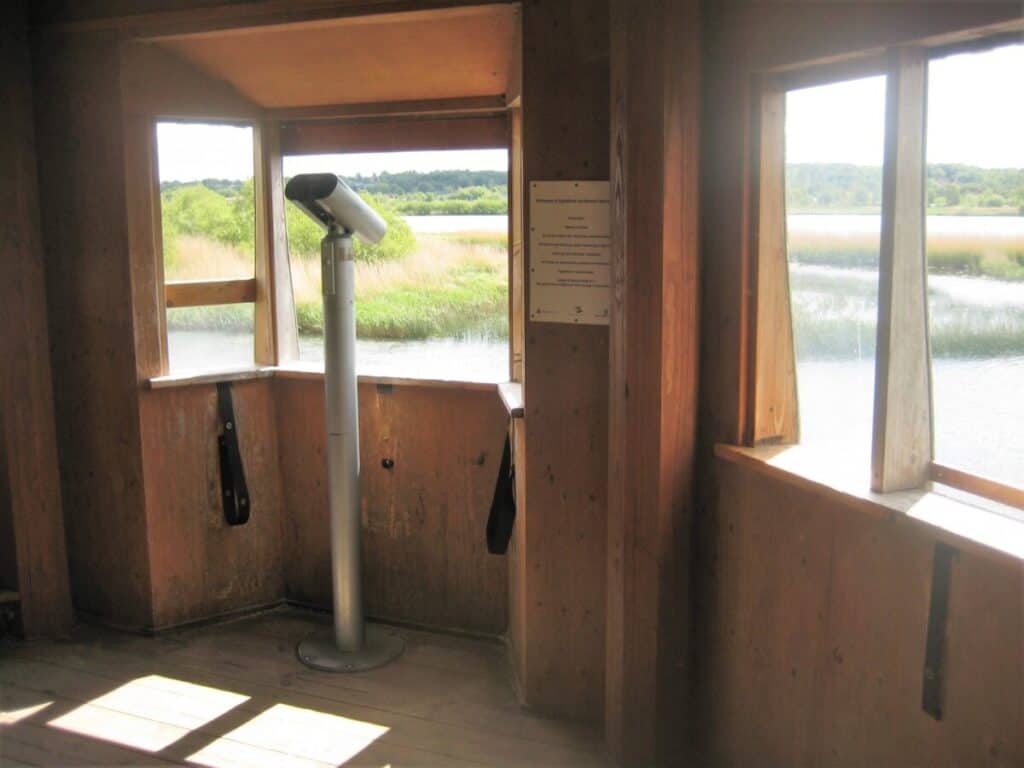
Bird hides can be a useful resource for educational purposes. Commonly seen in bird hides are notices and signs that give an introduction to birds that are commonly seen in the area and even other amenities in the area. As such, bird hides make an excellent field trip destination for school children and adults alike.
In some more public bird hides, binoculars and conservation posters are often set up to highlight and encourage the conservation of endangered species that visit the area. These resources are a great form of educational medium for the general public to simply enjoy nature by observing both nature and birds.
Bird Hides For Bird Behavior Research

Bird hides are incredibly useful in the research of bird behavior, especially in ornithological study (the study of birds). We can often see its usefulness during the breeding season when birds cannot be alarmed into completely abandoning their nests.
What Are The Types of Bird Hides?
Bird Hides are broadly categorized into two categories. These are the permanent and temporary bird hides. These two types of bird hides vary very differently and provide different levels of protection, stability, permanence, and height. Let me explain more:
Permanent Hides

Examples include:
- Ground-level hides: These hides are
- Elevated hides
- Pit hides
- ‘Vulture restaurants’ or feeding stations
These hides are often concealed in both sight and sound by the use of trees and vegetation surround it, which helps to break the outline and often more angular exterior of the hides.
These hides typically take on several other considerations. Permanent hides typically are not facing east or west because they provide little value to birdwatchers who want to observe birds in the early mornings or late evenings.
These hides are also built with consideration not to block flight paths and bird corridors so that construction and human traffic will not drive the birds away. It is also important for these kinds of bird hides to be downwind from the birds’ nesting grounds, as the human scent may be easily be carried in the wind, thereby alarming the birds.
Temporary Hides

Examples include:
- Photographic hides
- Elevated hides
- Mobile hides: Vehicle-hides and Boat-hides
- Unusual hides and Hot-air balloons
These hides are temporary and may only last a short period of time. They are mostly highly portable and demountable, which feature mostly items available from the surrounds such as rocks, bushes, and twigs. These do not provide as much protection from inclement weather and less sight, smell, and sound concealment from birds as compared to permanent hides.
Why Should You As A Bird Watcher Use a Bird Hide?
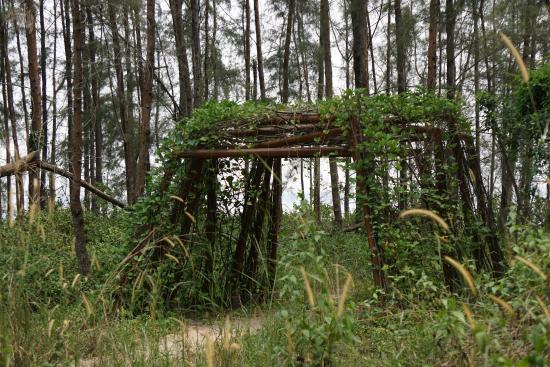
The bird hide provides an excellent benefit to birdwatchers who want to remain concealed while enjoying their favorite pastime. It offers great protection sight, sounds, and smell detection from birds, allowing you to camp for long hours in it before you capture that sweet shot of the rare bird you’ve always wanted to tick off your life list!
Final Thoughts
While the primary purpose of a bird hide is for concealment, it is interesting for us to also discover the many other secondary purposes of a bird hide. Let’s make full use of these structures along the trail that we frequent from now on! Happy birding/birdwatching!
My Recommended Birding Resources:
Hey there, Justin here!
Here’s a list of all my favorite resources, products, and brands I trust and love.
My Celestron Nature DX 8×42 Binoculars: It’s a great budget pair for beginner birders. Highly valued for its price! Read my review.
Safe Paint for Bird Baths Guide: Learn about non-toxic paint for painting bird baths.
Safe Sealers for Bird Baths Guide: Learn which sealers are safe for bird baths.
Safe Paint for Bird Feeders Guide: Learn what special care needs to be taken to paint bird feeders with the right paint.
Safe Paint for Birdhouses Guide: Learn about non-toxic paint for painting birdhouses. (Not the same as bird baths!)
Bird Identification Apps Guide: 2 of my favorite birding apps are Merlin Bird ID, and eBird Mobile! Merlin is great for tracking and identifying birds, and eBird Mobile is great for tracking the birds sighted when birding.
Check out my resources page for the full list of resources I recommend!

Justin Chia
Justin is the founder and author of Birding Outdoors. He is a Nanyang Technological University (NTU) alumnus with a Bachelor of Biological Sciences and a former data analyst.
Now, Justin runs the Birding Outdoors blog full-time, hoping to share his deep love for birds, birding, and nature with others.
To unwind, Justin enjoys gaming and reading.

